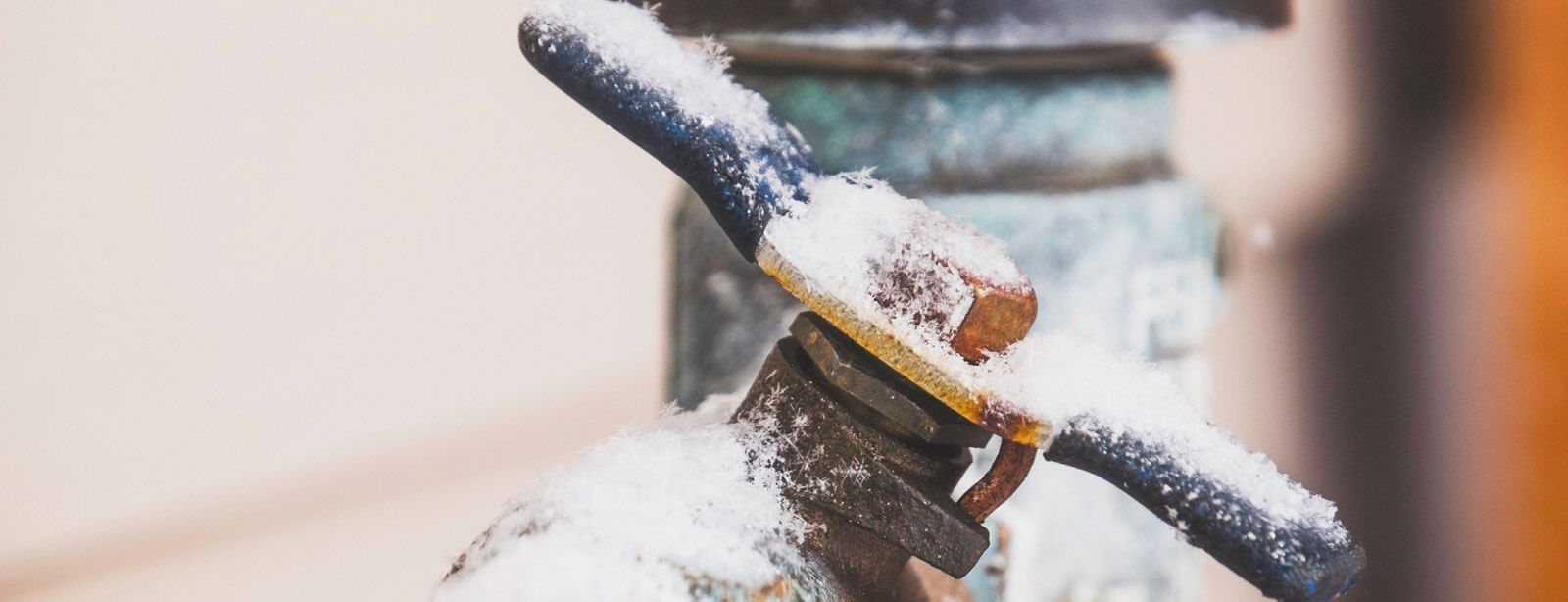Protect Against Frozen Pipes in Winter: Professional Tips
Protect Against Frozen Pipes in Winter: Professional Tips
Blog Article
Are you on the lookout for advice on How To Avoid Freezing Pipes?

Winter can damage your pipes, particularly by freezing pipelines. Here's exactly how to stop it from happening and what to do if it does.
Intro
As temperature levels drop, the danger of frozen pipes boosts, possibly bring about costly repair services and water damages. Recognizing how to prevent frozen pipelines is crucial for home owners in cold climates.
Understanding Frozen Pipelines
What creates pipelines to ice up?
Pipelines ice up when subjected to temperatures below 32 ° F (0 ° C) for extended periods. As water inside the pipelines ices up, it broadens, putting pressure on the pipe wall surfaces and possibly triggering them to break.
Threats and problems
Frozen pipes can bring about water system disturbances, residential or commercial property damage, and pricey fixings. Ruptured pipes can flooding homes and trigger considerable architectural damage.
Signs of Frozen Water Lines
Identifying frozen pipelines early can prevent them from rupturing.
How to determine icy pipes
Look for reduced water circulation from taps, unusual odors or sounds from pipelines, and visible frost on exposed pipelines.
Prevention Tips
Insulating at risk pipelines
Wrap pipelines in insulation sleeves or utilize warmth tape to secure them from freezing temperatures. Concentrate on pipes in unheated or external areas of the home.
Home heating techniques
Maintain interior rooms appropriately heated up, specifically areas with pipes. Open up cabinet doors to permit cozy air to circulate around pipelines under sinks.
Protecting Outdoor Pipes
Yard tubes and outdoor faucets
Detach and drain pipes yard hoses before wintertime. Mount frost-proof faucets or cover exterior taps with shielded caps.
What to Do If Your Pipes Freeze
Immediate actions to take
If you think icy pipelines, keep taps available to alleviate pressure as the ice melts. Utilize a hairdryer or towels taken in warm water to thaw pipelines gradually.
Long-Term Solutions
Architectural modifications
Take into consideration rerouting pipelines far from outside walls or unheated areas. Add extra insulation to attic rooms, cellars, and crawl spaces.
Updating insulation
Buy top quality insulation for pipelines, attics, and wall surfaces. Appropriate insulation helps preserve constant temperature levels and minimizes the risk of icy pipes.
Conclusion
Avoiding icy pipelines needs proactive steps and fast feedbacks. By recognizing the causes, indicators, and safety nets, property owners can secure their plumbing during winter.
6 Proven Ways to Prevent Frozen Pipes and Protect Your Home
Disconnect and Drain Garden Hoses
Before winter arrives, start by disconnecting your garden hoses and draining any remaining water. Close the shut-off valves that supply outdoor hose bibs and leave the outdoor faucet open to allow any residual water to drain. For extra protection, consider using faucet covers throughout the colder months. It’s also important to drain water from any sprinkler supply lines following the manufacturer’s directions.
Insulate Exposed Pipes
Insulating your pipes is an effective way to prevent freezing. Pipe insulation is readily available at home improvement stores and is relatively inexpensive. Pay close attention to pipes in unheated areas such as the attic, basement, crawl spaces, or garage. Apply foam insulation generously to create a buffer against the cold. You can also wrap your pipes in heat tape or thermostat-controlled heat cables for added warmth.
Seal Air Leaks
Inspect your home for any cracks or openings that could let in cold air. Seal any holes around the piping in interior or exterior walls, as well as the sill plates where your home rests on its foundation. Additionally, make sure to keep your garage door closed unless you’re entering or exiting. Leaving it open creates a significant air leak that can lead to frozen pipes.
Allow Warm Air Circulation
During cold snaps, it’s essential to allow warm air to circulate evenly throughout your home. Leave interior doors ajar to promote better airflow. Open kitchen and bathroom cabinets to help distribute heat consistently around the rooms. If you have small children or pets, be sure to remove any household chemicals or potentially harmful cleaners from open cabinets for safety.
Let Faucets Drip
A small trickle of water can make a big difference in preventing ice formation inside your pipes. When temperatures drop significantly, start a drip of water from all faucets served by exposed pipes. This continuous flow helps prevent the water from freezing. Additionally, running a few faucets slightly can relieve pressure inside the pipes, reducing the chances of a rupture if the water inside does freeze.
https://choateshvac.com/6-proven-ways-to-prevent-frozen-pipes-and-protect-your-home/

Hopefully you liked our piece about Prevent Frozen Pipes . Thanks a ton for taking a few minutes to read our short article. Do you know about another person who is in the market for the topic? Feel free to promote it. I recognize the value of reading our article about Preventing and dealing with frozen pipes.
Book An Appointment Report this page